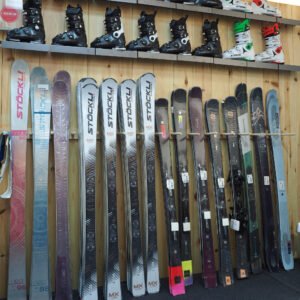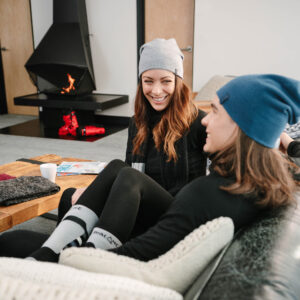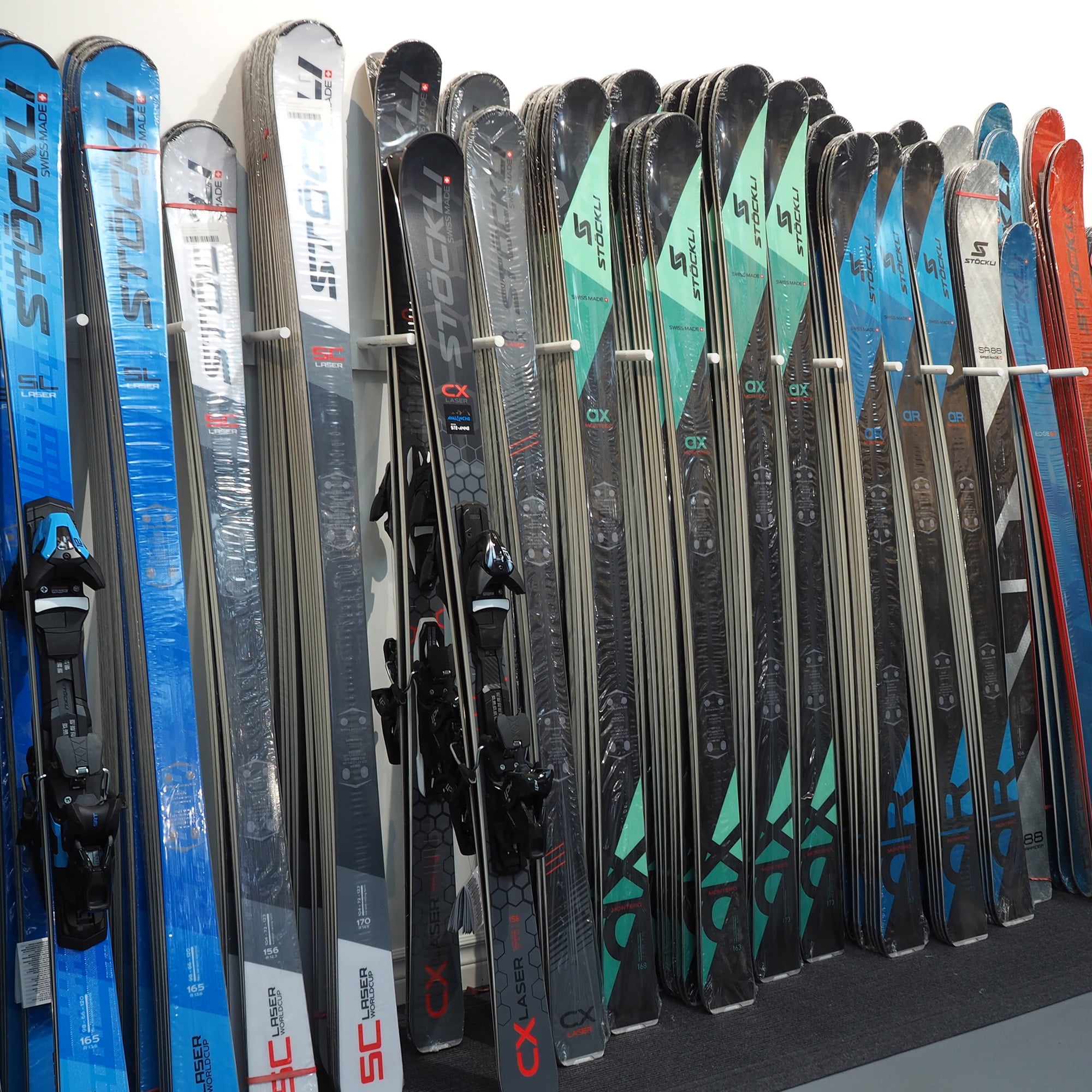EDITION NUMBER 5
Fresh news …
SKI EQUIPMENT
Stöckli: A business model similar to Avalanche’s
A few weeks ago, my friend Raymond Lesage told you how much he loves Stöckli skis. Well, I love them, too! Twenty years ago, I received a pair of Stöcklis from a friend from Alberta, with just the words “Try these!” written on the box.
Which I did, on a particularly icy day. Wow, what grip! They didn’t vibrate, and at the end of the day, my knees weren’t stiff!
I have a passion for skiing, but also for the retail trade. So, I did some research on Stöckli. It’s a family business founded in 1935 by Josef Stöckli in Lucerne, Switzerland. It opened stores to distribute its skis while other Swiss manufacturers were disappearing one by one. It was these stores that helped Stöckli expand and team up with its customers. That and the trust of its 80 employees.
Stöckli makes a few ski models, focusing on the quality of the design and build, even if that means depriving itself of certain market segments. At Avalanche, we also believe that quality should come first. We adopted a similar distribution model by opening Avalanche stores that sell our skiwear, among other products. Our designers work on the site of our very first store and our embroidery team has its workshop at the end of the parking lot.
Come browse our selection of Stöckli, a prominent brand at our Beaupré shop!
Jean-François Caron
Président d’Avalanche
SKI CLOTHING
Base layer: Ski undergarments
The primary role of the base layer in skiing is to wick body moisture away from the skin and to keep you warm. The wool from merino sheep has revolutionized these undergarments. Two to three times finer than a human hair, this fibre is naturally antistatic, antibacterial, antiodour, elastic and porous. Because it is so fine, it does not itch and can absorb up to 35% of its weight in moisture, which is more than enough for alpine skiing. Merino wool is so popular with weavers that producers are more than willing to invest in research to make it even better. One improvement is that clothing made of merino wool is now better able to withstand machine drying if it accidentally winds up in the dryer. However, this fabric is easy to wash and dries very quickly so machine drying is not needed.
 Merino wool has many advantages and only one disadvantage: the price, especially for finer wool. It comes from far away, mainly Australia, where a sheep can produce 4 kg of wool per year. Shearing the sheep, processing the fibres, shipping them to the weaver, often in Asia, all impact the cost; but as the demand is much greater than the supply, a quality 100% merino wool garment does not come cheap. Fortunately, a less expensive item made of only 50% superior-quality merino wool is sufficient for downhill skiing.
Merino wool has many advantages and only one disadvantage: the price, especially for finer wool. It comes from far away, mainly Australia, where a sheep can produce 4 kg of wool per year. Shearing the sheep, processing the fibres, shipping them to the weaver, often in Asia, all impact the cost; but as the demand is much greater than the supply, a quality 100% merino wool garment does not come cheap. Fortunately, a less expensive item made of only 50% superior-quality merino wool is sufficient for downhill skiing.
Véronique Dufour
VP Développement, vente au détail, marketing


